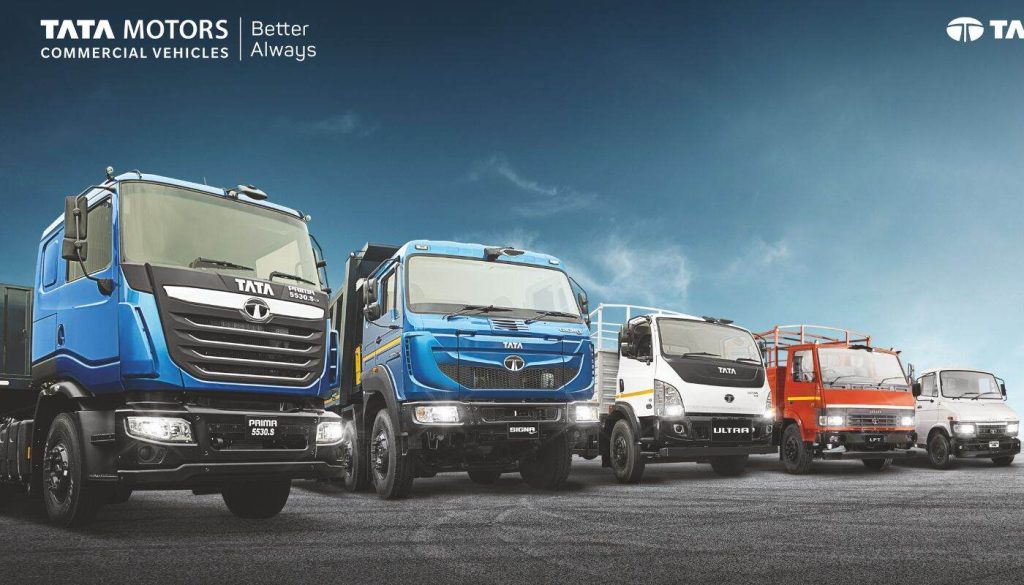Here’s a comprehensive breakdown of GST 2.0 benefits with a special focus on Tata’s EV—and overall vehicle—price reductions, including how EVs fare amid the sweeping tax reforms.
What Is GST 2.0 – India’s Major Tax Overhaul?
India’s GST 2.0, unveiled in early September 2025, represents a sweeping simplification of the GST structure that is set to take effect from 22 September 2025, just before the festive season kicks off. The changes include:
- Condensed tax slabs: Reduced from four to three meaningful rates—5%, 18%, and a newly introduced 40% (for high-end, luxury, and ‘sin’ goods). The previous slabs, like 12% and 28% were scrapped.
- Abolished cesses: Compensation cesses (which pushed effective tax rates to ~43–50% on mid-size SUVs and luxury cars) are removed, simplifying the system and reducing tax burdens.
- Targeted tax cuts across categories:
- Everyday consumer goods (e.g., packaged food, toothpaste, personal care) move to 5%.
- Mid-range cars (≤1,200 cc petrol/LPG/CNG, ≤1,500 cc diesel, and compact SUVs) are taxed at 18%, replacing ~28% plus cess.
- Larger vehicles and SUVs will face 40% GST, which is lower than their earlier ~50% effective rate.
- EVs continue to attract concessional 5% GST, reinforcing the government’s commitment to green mobility.
- Expected macroeconomic benefits: Estimated to reduce inflation by up to 1.1 percentage points, boost consumption, and support recovery in sectors like autos, consumer durables, and FMCG.
GST 2.0 & the Auto Sector: What This Means for Buyers
For Small and Mid-Size Cars
- With GST reduced to 18% (from 28% plus cess), small cars are expected to see price drops of 10–13% at the ex-showroom level.
For Large Cars and SUVs
- A flat 40% GST replaces a convoluted 28% + high cess (often pushing effective tax to ~50%). While still high, this simplified rate could bring marginal price reductions and increases in clarity.
For Electric Vehicles (EVs)
- EVs stay at 5% GST, with no increase, safeguarding their affordability gap versus internal-combustion engine (ICE) vehicles.
- However, while the reduced tax on small ICE cars may narrow the price gap, EVs retain a clear edge.
- One caveat: some proposals suggest imposing higher GST (up to 40%) on luxury EVs (priced above ~$46,000), which may hit brands like Tesla or high-end BMW EVs—but Tata’s more affordable EV lineup is largely unaffected.
Tata Motors: Passing on GST 2.0 Gains to Customers
Full Transfer of Benefits
Tata Motors has confirmed it will pass on the full GST reduction benefit to customers starting 22 September 2025, aligning with the implementation of GST 2.0.
Detailed Price Reductions by Model
According to multiple sources, the ex-showroom price cuts for Tata vehicles are:
- Tiago: ₹75,000
- Tigor: ₹80,000
- Altroz: ₹1.10 lakh (₹110,000)
- Punch: ₹85,000
- Nexon (compact SUV): ₹1.55 lakh (₹155,000)
- Curvv: ₹65,000
- Harrier: ₹1.4 lakh (₹140,000)
- Safari: ₹1.45 lakh (₹145,000).
The Nexon’s ₹1.55 lakh reduction is the highest among them.
Strategic Timing & Market Impact
- These cuts come just ahead of the festive season, when vehicle demand traditionally surges.
- Tata’s move sets a precedent, applying pressure on other automakers to follow suit and boost competitiveness.
GST 2.0 Benefits for EV Buyers: Spotlight on Tata’s EV Range
Continued 5% GST Advantage
With EVs locked at 5%, buyers continue to enjoy preferential tax treatment—one of the lowest rates across vehicle categories—encouraging purchase and adoption.
Substantial Price Cuts Across Tata’s Lineup
While sources mix EV and ICE versions in their price decline data, Tata’s Nexon EV (and other variants) benefit from the announced reductions (especially since the cut applies to all powertrains). A Nexon EV buyer can expect up to ₹1.55 lakh off.
Comparative Advantage
- ICE small cars—now taxed at 18%—stand competitive, but they can’t match the 5% rate for EVs.
- Tata EVs, with both tax advantage and further price drop, remain more affordable overall.
- For premium/luxury EVs, the proposed GST hikes may diminish their advantage, but Tata’s mainstream EVs stay insulated.
Broader Implications & Final Takeaways
For Consumers
- Lower GST boosts affordability across vehicle classes—especially small cars and EVs.
- Those considering EVs now gain more value, thanks to the compounded effect of tax and manufacturer discounts.
- Price transparency improves, reducing dependence on opaque dealer discounts.
For the Automotive Industry
- Tata’s lead may prompt peers to match price cuts, sparking competitive pricing across the board.
- Simplified GST structure (5%, 18%, 40%) eases compliance for manufacturers and reduces administrative costs.
- Potential shift in purchase patterns: lower ICE car taxes might draw some customers away, while EV tax stability remains a selling point.
For the Economy
- GST 2.0 is expected to lower inflation by ~1.1 percentage points, thereby uplifting consumer spending and economic confidence.
- The auto sector, a key driver of durable goods demand, stands to benefit from renewed growth.
- Tax simplification could indirectly support long-term productivity by easing business operations.
Summary
- GST 2.0 simplifies taxes, reduces rates, and locks EVs at 5%, reaffirming green mobility incentives.
- Tata Motors is passing on the full GST benefit across its passenger vehicle lineup—translating to a ₹75,000 to ₹1.55 lakh reduction, including EV models like the Nexon EV.
- Consequently, EV buyers in India now enjoy an even stronger pricing advantage, especially in the festive quarter.




